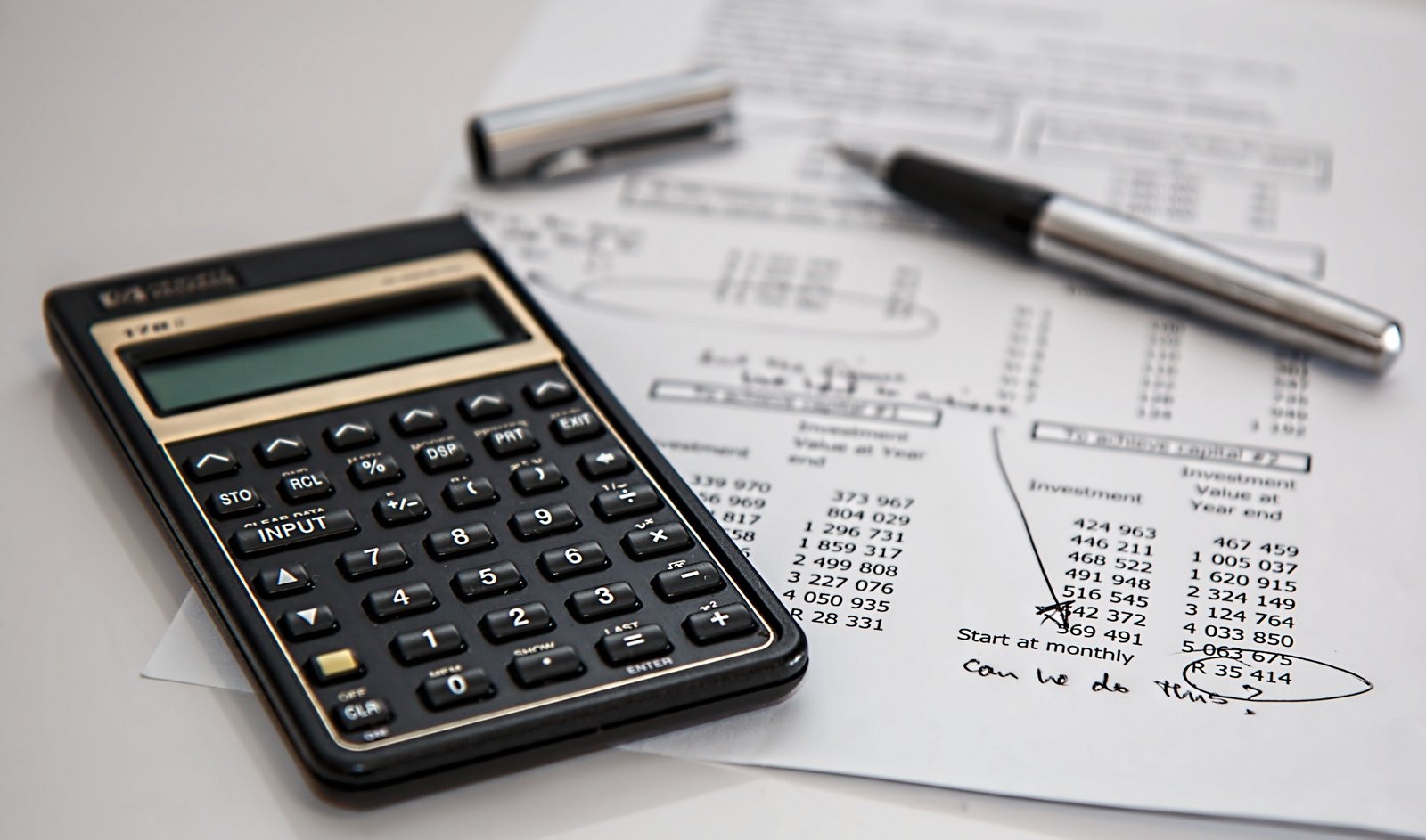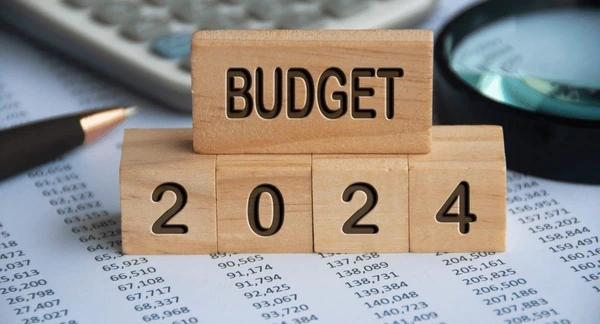The tax year 2020/21 has ended on 5 April 2021. Although the deadline for filing and payment is 31 January 2022, many of us have already started to plan the filing of our 2020/21 self-assessment tax return. Uniquely, the pandemic has tuned our brains to be more organised and doing things earlier rather than leaving them until the end.
As a taxpayer, you must understand the meaning of each box on your tax return. It is your right and responsibility to make sure that you know what you are signing off.
This article discusses how using your personal allowance in different ways can mitigate your tax calculations.
The personal allowance for the tax year 2020/21, i.e. for period 6 April 2020 to 5 April 2021, is £12,500. In tax calculations, personal allowance is deducted from the net income and results in a taxable income. It is essential to understand the net income and understand how to calculate the net income; you must identify your income from different sources into three main categories as below.
| Non – Savings Income | Interest | Dividends |
|---|---|---|
Common examples are;
|
Common examples are;
|
Dividends |
Exemptions:
Below are exempt from income tax.
- Income from betting
- Winnings from lottery
- Winnings from premium bonds
- Interest from National Savings Interest Certificate (NS&I) – This is different from NS&I account interest
Complications:
Now that you have categorised your income, you can deduct “Deductible Payments” from your non-savings income. Deductible payments is a rather complex income tax area, an example of which is “interest on qualifying loans”. These reduce the taxable income. To maintain the simplicity of this article, let’s assume there are no deductible payments and your total income is equal to the net income.
One more term called “Adjusted Net Income” involves charity donations and pension contribution. These do not reduce the taxable income but increase the income tax rate band instead and benefit those who pay higher and additional tax rates. Again, to maintain the simplicity of the article, I am ignoring this too. Let us assume there are no charity donations, pension contributions and loss relief. The total income is equal to the net income.
Restriction:
If your adjusted net income exceeds £100,000, your personal allowance starts to go down by £1 for every £2. For example, suppose the adjusted net income is £115,000. In that case, the personal allowance is reduced by £2,500. If the adjusted net income is £125,000, the personal allowance is zero.
After considering the complications and restriction and ignoring them for this article, we can deduct the personal allowance from the net income to arrive at the taxable income. Let’s look at an example below to put what has been said so far into perspective.
Shaila’s income for the tax year 2020/21 is as below.
- Salary from employment – £40,000
- Rent from a rental property – £8,500
- Interest on a savings account – £1,000
- Dividends from UK company – £5,000
If all of the personal allowance, i.e. £12,500, is allocated to the non-savings income, the tax liability is £8,275. See the calculations below.
| Non-Savings Income | Interest | Dividends | |
|---|---|---|---|
| Salary from employment | £40,000 | ||
| Rent from a rental property | £8,500 | ||
| Interest on a savings account | £1,000 | ||
| Dividends from UK company | £5,000 | ||
| Net income | £48,500 | £1,000 | £5,000 |
| Personal allowance | -£12,500 | £0 | £0 |
| Taxable income | £36,000 | £1,000 | £5,000 |
| Tax Computations: | |||
| £36,000 @ 20% | £7,200 | ||
| £500 @ 0% | £0 | ||
| £5,00 @ 20% | £100 | ||
| £2,000 @ 0% | £0 | ||
| £3,000 @ 32.5% | £975 | ||
| Tax liability | £8,275 |
Look at the same example again, but by allocating the personal allowance differently, the taxpayer can save £125.
| Non-Savings Income | Interest | Dividends | |
|---|---|---|---|
| Salary from employment | £40,000 | ||
| Rent from a rental property | £8,500 | ||
| Interest on a savings account | £1,000 | ||
| Dividends from UK company | £5,000 | ||
| Net income | £48,500 | £1,000 | £5,000 |
| Personal allowance | -£11,000 | -£500 | -£1,000 |
| Taxable income | £37,500 | £500 | £4,000 |
| Tax Computations: | |||
| £37,500 @ 20% | £7,500 | ||
| £500 @ 0% | £0 | ||
| £2,000 @ 0% | £0 | ||
| £2,000 @ 32.5% | £650 | ||
| Tax liability | £8,150 |
For tax tables for the tax year 2020/21, click here.
Rule of thumb:
If your non-savings net income is between £37,500 and £50,000, always use enough personal allowance for the non-savings net income to bring the non-savings taxable income down to £37,500. Use the remaining personal allowance to reduce your interest and dividend income.
Another possible scenario is where the personal allowance is allocated to the non-savings income and the interest income. However, this does not result in the best tax efficiency. The idea is to allocate enough personal allowance to the non-savings income that brings down the taxable non-savings income down to £37,500. See the example again with the personal allowance allocated to the non-savings income and interest and not the dividends.
| Non-Savings Income | Interest | Dividends | |
|---|---|---|---|
| Salary from employment | £40,000 | ||
| Rent from a rental property | £8,500 | ||
| Interest on a savings account | £1,000 | ||
| Dividends from UK company | £5,000 | ||
| Net income | £48,500 | £1,000 | £5,000 |
| Personal allowance | -£12,000 | -£500 | £0 |
| Taxable income | £36,500 | £500 | £5,000 |
| Tax Computations: | |||
| £36,500 @ 20% | £7,300 | ||
| £500 @ 0% | £0 | ||
| £2,000 @ 0% | £0 | ||
| £3,000 @ 32.5% | £975 | ||
| Tax liability | £8,275 |
When the personal allowance is not allocated enough to the net non-savings income to bring it down to £37,500, the highest possible tax efficiency is not achieved. The result is the same as it was in example 1. Allocating any personal allowance to the interest income or none did not result in the tax savings because the taxable non-savings income was not £37,500.
Software:
It all makes sense in theory, but almost all of us use either HMRC’s online software or commercial software to prepare a tax return. The good news is that both the software takes care of this automatically. Below are the screenshots from both.
HMRC’s Online Software

Commercial Software

Conclusion:
Although software takes care of the personal allowance in the most tax-efficient manner, it is vital to understand the basics of the personal allowance. For the tax year, 2020/21 software is going to take care of the personal allowance. Still, an understanding of the personal allowance is helpful when planning the next tax year.
Zia Tahir, the author of this article, is the Managing Director of Spherical Accountants, which he established in 2014.





